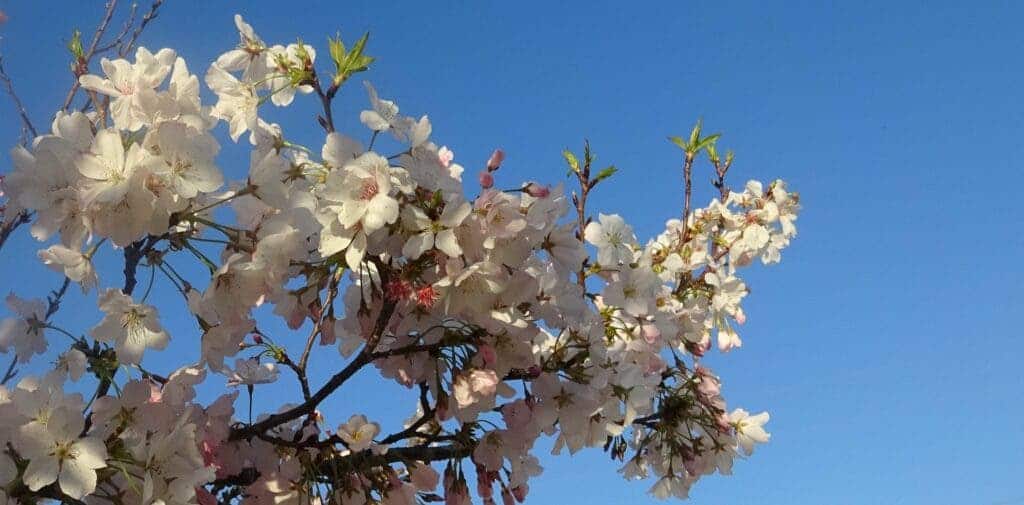Spring came early in parts of the UK this year, and while many are rejoicing, this isn’t necessarily good news. With the warm weather coming in, flowers are blooming earlier on shrubs and trees, a trend that researchers say has been happening since the 1980s. This is affecting the insects, birds, and every creature that relies on these flowers.

During winter, many plants protect themselves from the frost by putting themselves in a winter sleep mode. However, if spring starts earlier, the plant takes that as a cue to wake up, and resumes growth and flowering. If a frost happens during this time, the plants could be severely affected or even die. Fruit trees are especially at risk of a late frost.
In normal years (before human-driven climate change), spring would come in later and the risk of a true spring frost would be very low. But with global warming driving not only the average temperatures up, but also causing more extreme weather and fluctuations to happen, the risk has become much greater. This problem doesn’t affect only the plants themselves, but all the other creatures that rely on them as well.
Nectar, seeds, pollen, and fruits of plants are very important food resources for wildlife. So if flowers appear too early and are affected by frost, then birds or insects could run out of food. This is all part of the changes brought by climate change to seasons, causing spring to arrive early and autumn to come late in many parts of the world
Professor Ulf Buntgen of the University of Cambridge and a group of researchers went through hundreds of thousands of observations of the first flowering dates of plants recorded in a database, Nature’s Calendar, that goes back to the 18th Century. This covered the entire United Kingdom. Then, they compared this with climate records.
“We do not know whether adaptive evolution will allow populations to reach new [optimum flowering timing] rapidly enough to keep pace with climate change,” the team wrote. “The timing of plant flowering can affect their pollination, especially when insect pollinators are themselves seasonal, and determine the timing of seed ripening and dispersal.”
Flowers and climate change
On average, flowers in the UK are blooming about a month earlier than they were in 1986, according to the study. In 2019, the first flowering date was as early as April. This is a general average, and not every plant blooms at the same time. Herbs and trees come first and then shrubs follow, but the entire timeline is now being pushed as temperature rises on a global scale.
Global average temperatures have so far risen 1.1 degrees Celsius compared to pre-industrial levels. Within the Paris Agreement framework, countries have pledged to limit global warming to 2 degrees Celsius by the end of the century, ideally aiming at 1.5 — but that seems little more than a pipe dream now. Crossing that threshold would trigger more severe consequences than the ones already visible.
If temperatures continue to rise, as is likely the case, the authors expect a further shift in the first flowering dates, likely starting in March or even earlier. Such a transition would lead to some plants (including crops) flowering too early and suffering damage. So far, herbs have been the ones to change the fastest due to their short generation time, they wrote.
Like in the UK, other parts of the world have seen early flowering seasons. Japan recorded last year its earlier cherry blossom season in 1,200 years. And in 2019 a heatwave in the United States led to sunflowers blooming earlier than usual. While good to watch, this made it harder for farmers to plant other crops in those areas.
The study was published in the journal Proceedings of the Royal Society B.






